Hydropower generation, also known as hydroelectric power generation, is a clean energy source that converts the power of moving or falling water into electricity. This piece talks about how hydropower works, what its benefits are, and how it affects the environment.
Introduction to Hydropower
What is Hydropower?
Hydropower is the process of producing electricity from moving water energy. It is one of the oldest ways to make electricity, and it is still a major source of clean energy around the world.
History of Hydropower
Hydropower has been around for a very long time. In the past, people used water wheels to grind food and perform other tasks.
The construction of the first hydroelectric power plants in the late 1800s signaled the beginning of modern hydropower growth.
Principles of Hydropower Generation
How Hydropower Works
Power plants that use hydropower turn the kinetic energy of moving water into mechanical energy. Turbines and generators then convert this mechanical energy into electricity.
Types of Hydropower Systems
One type of hydropower system is an impoundment-based system, and the other is a run-of-river system. Every one of them uses a different way to turn water energy into electricity.
Reservoir-Based Systems
Dams hold large amounts of water as part of reservoir-based systems. Turbines extract water from the reservoir to generate energy when required.
Run-of-River Systems
Run-of-river systems don’t need big dams. Instead, they use the natural flow of rivers to make energy, which doesn’t change the flow or level of the water very much.
Components of a Hydropower Plant
Hydropower plants have many important parts, such as dams, turbines, engines, and transmission lines.
Each component plays a crucial role in ensuring the efficient generation and distribution of electricity.
Benefits of Hydropower Generation
Hydropower offers numerous benefits, including renewable energy generation, minimal greenhouse gas emissions, reliable power supply, and flood control.
Environmental Impact
Although large dams and lakes can alter aquatic ecosystems and destroy habitats, hydropower is considered a clean energy source.
Global Hydropower Usage
Hydropower Around the World
The world uses hydropower, with the United States, China, and Brazil having the most built capacity. That makes a big difference in how they gain power.
Future Outlook
Technology will advance in the future of hydropower to increase its efficiency, reduce its environmental impact, and explore new locations for its construction.
Conclusion
The world’s switch to renewable energy sources is dependent on hydropower generation output. Hydropower takes advantage of the natural power of water to make clean, stable electricity.
It also helps solve problems like climate change and energy sustainability.
FAQs
Is hydropower renewable?
Yes, hydropower is considered a renewable energy source because it relies on the natural water cycle to generate electricity.
What are the main challenges to hydropower?
Challenges include environmental impacts, such as habitat disruption and sedimentation, as well as social impacts related to resettlement in dam construction areas.
How efficient is hydropower compared to other energy sources?
Hydropower plants can be highly efficient, with conversion efficiencies ranging from 70% to 90%, depending on the design and scale of the plant.
Can small-scale hydropower projects be effective?
Yes, small-scale hydropower projects can provide electricity to remote communities and reduce reliance on fossil fuels in areas with suitable water resources.
What is the role of hydropower in mitigating climate change?
Hydropower helps mitigate climate change by providing a low-carbon alternative to fossil fuel-based electricity generation, thereby reducing greenhouse gas emissions.
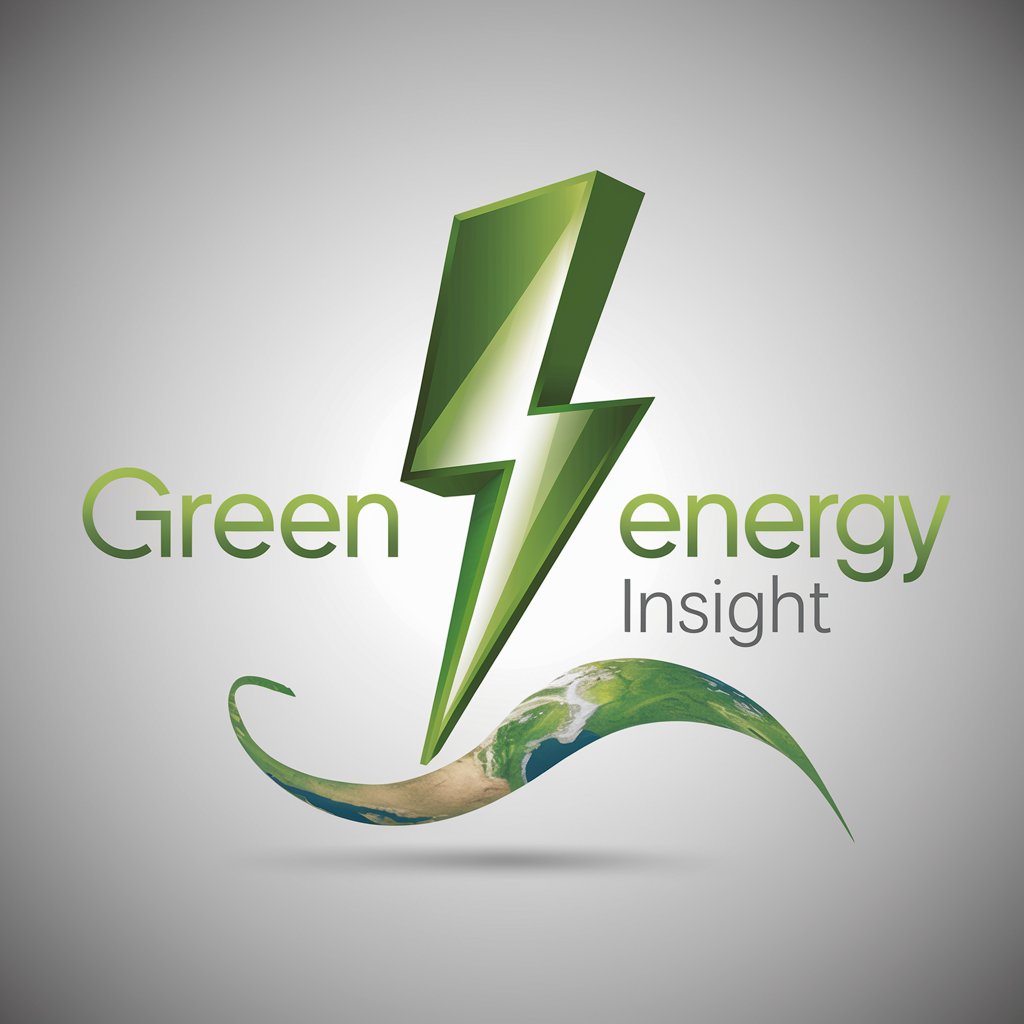
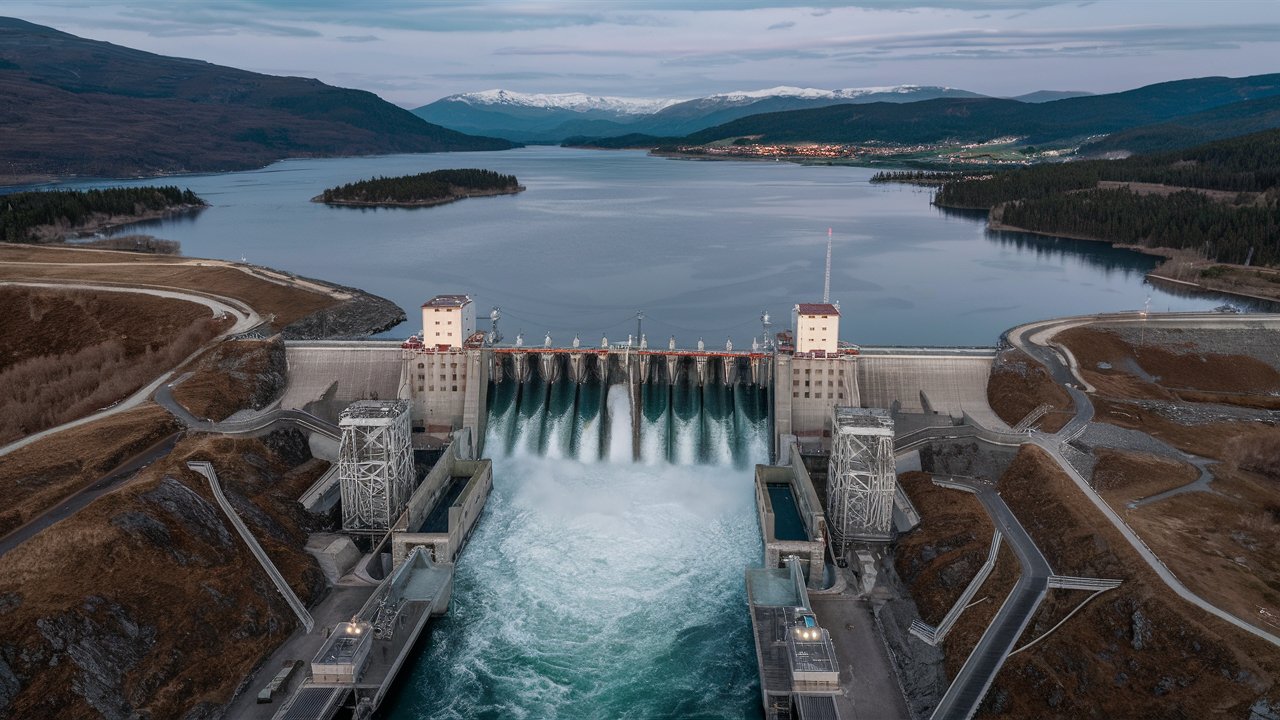
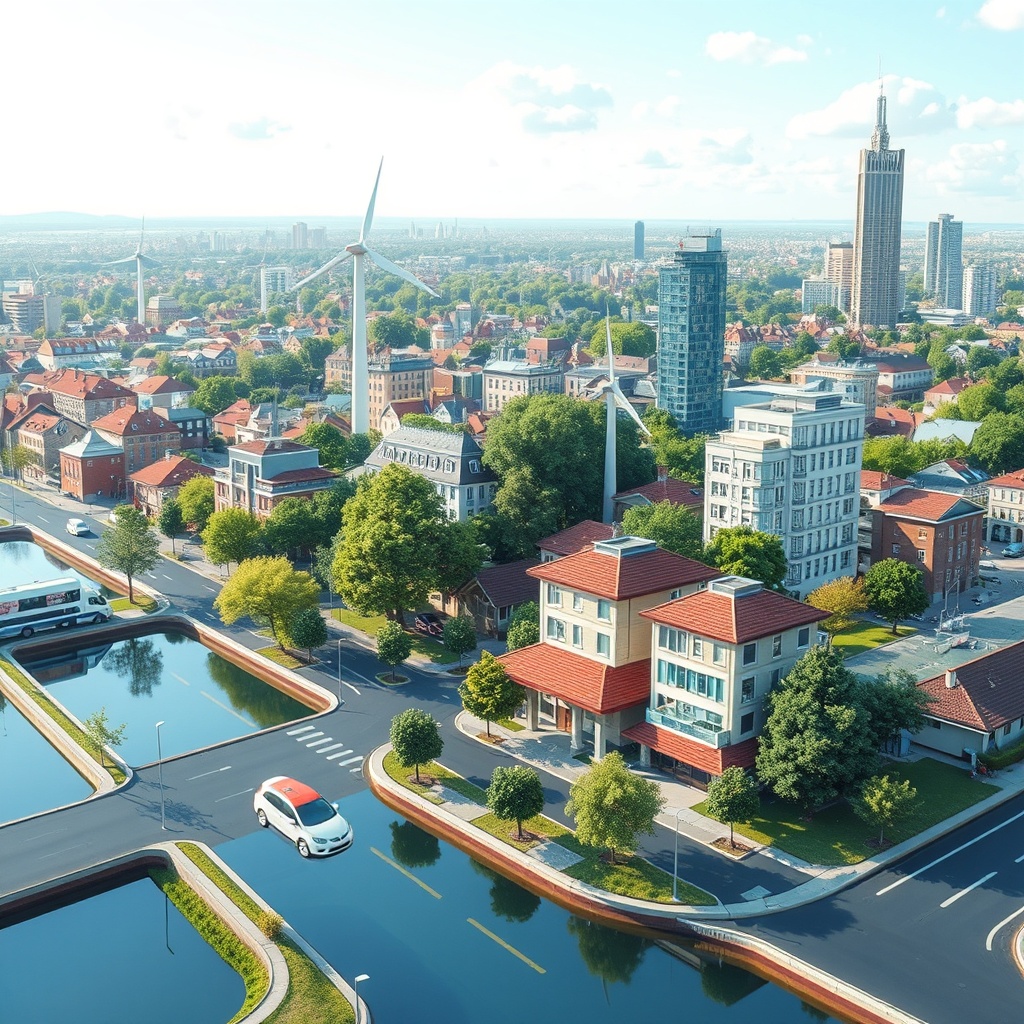
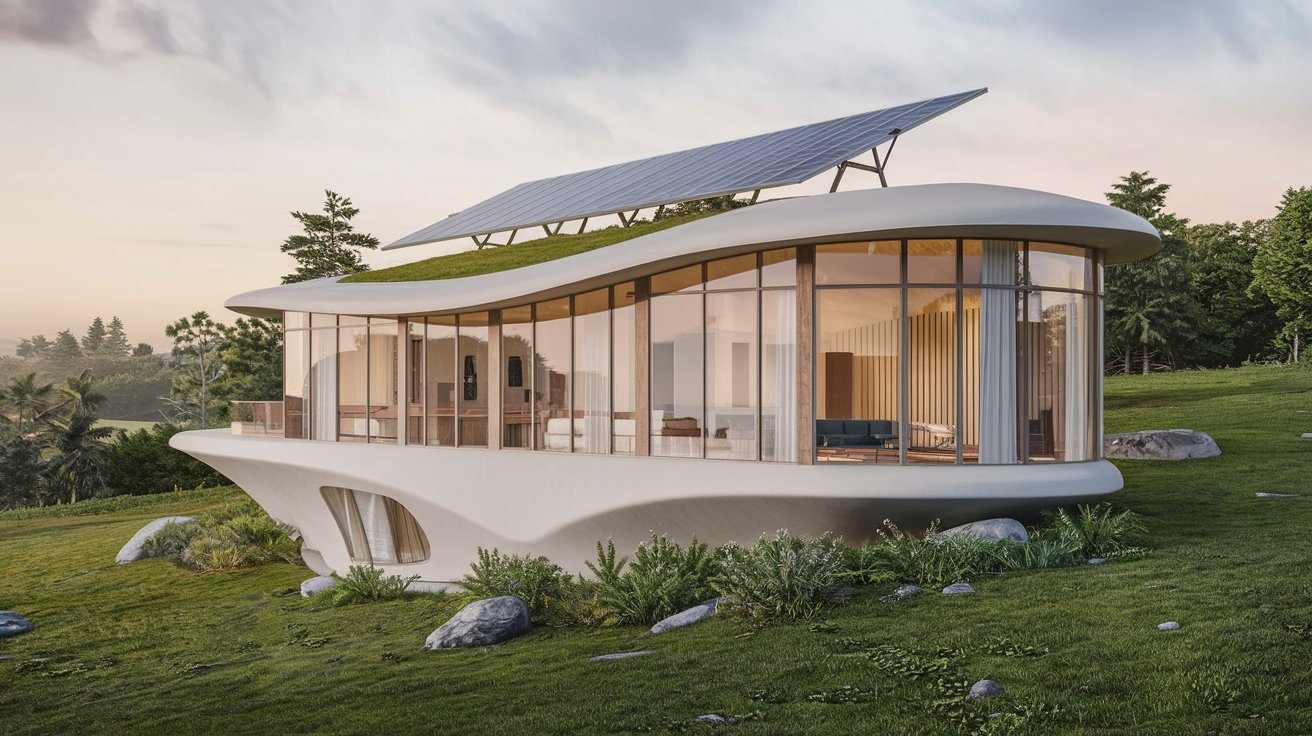
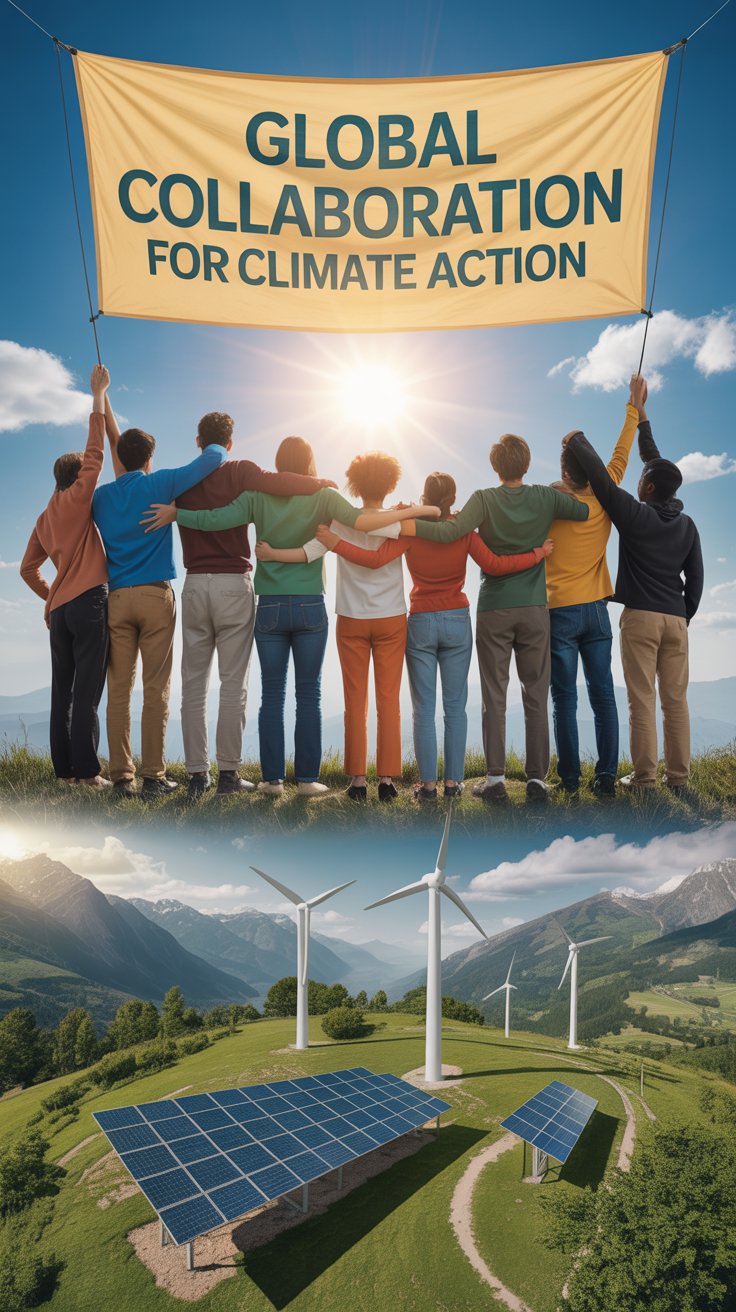
Leave a Reply